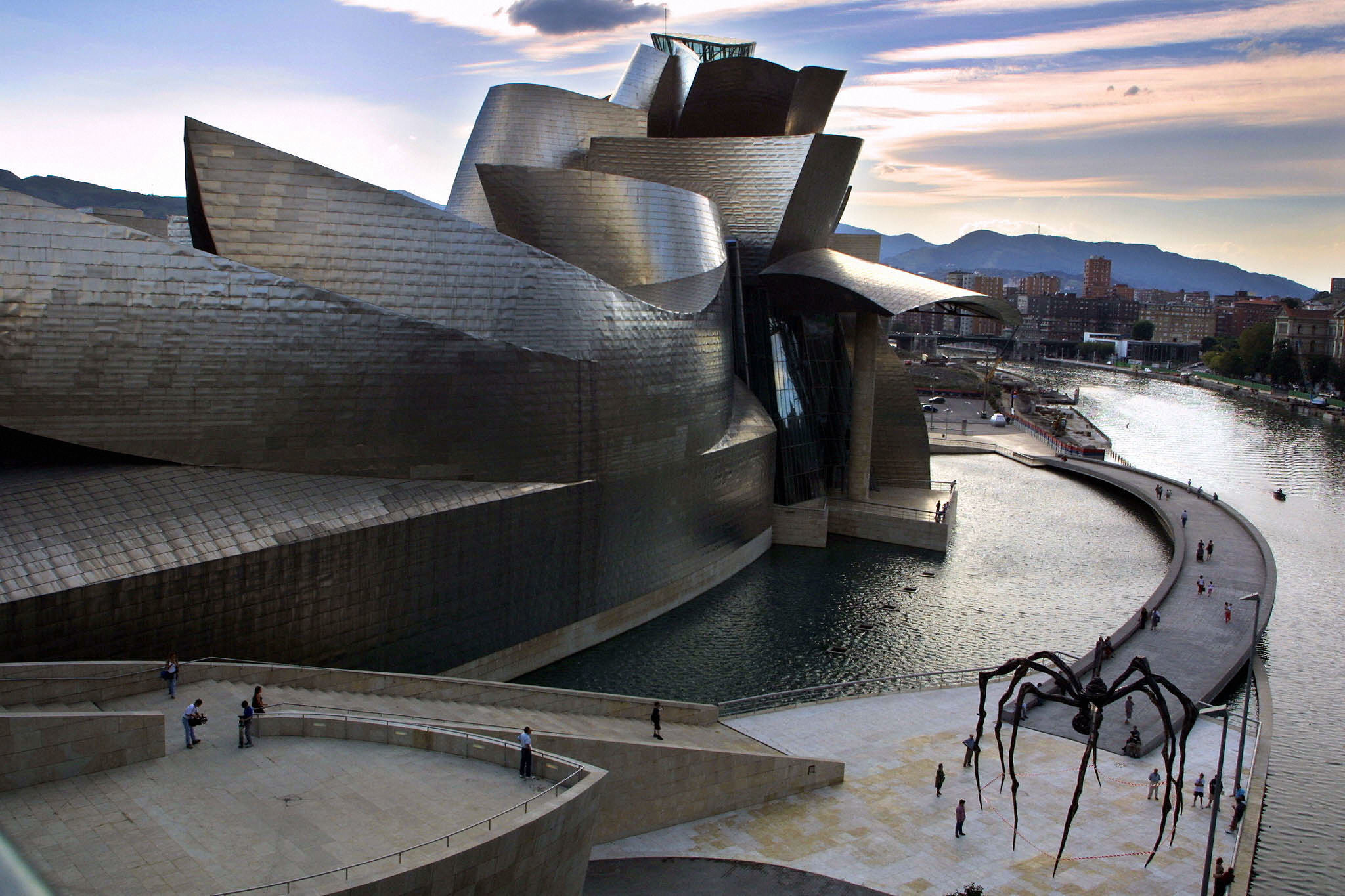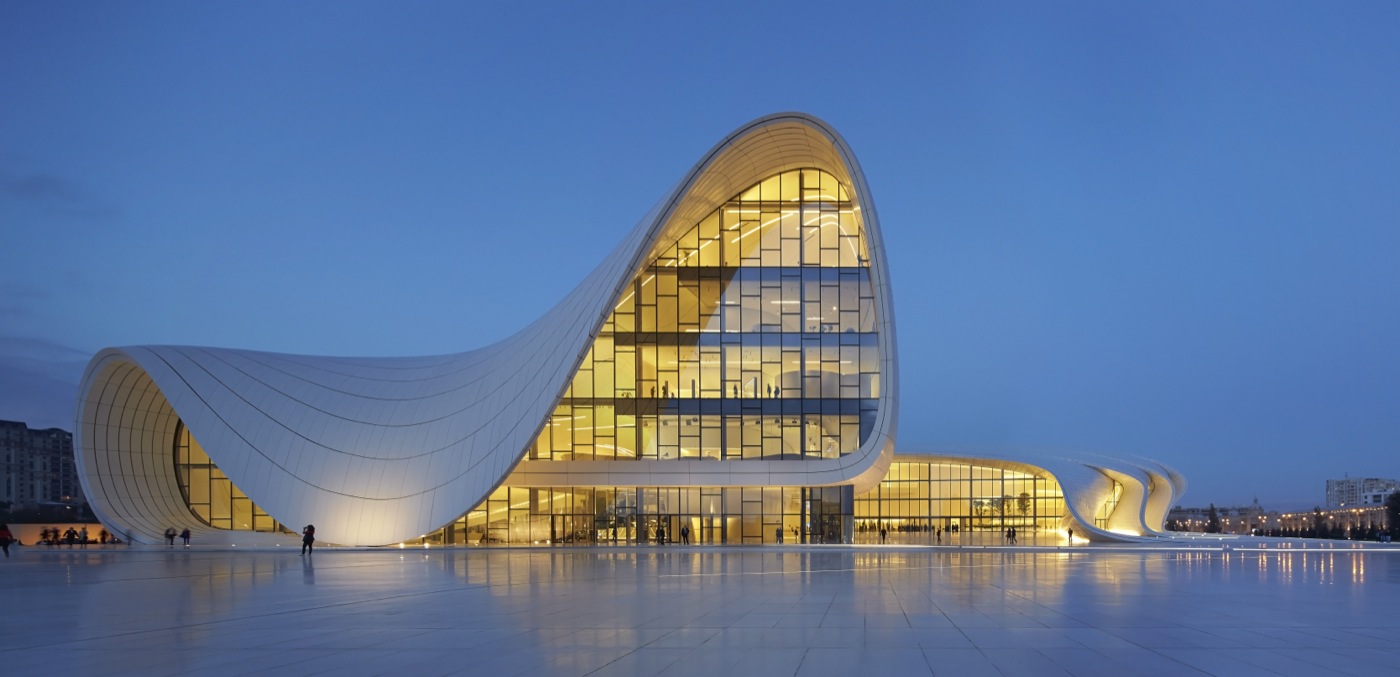The Antibox: Frank Gehry | Zaha Hadid
The box, perhaps predictably, has provoked a reaction. Ever since Vitra and Bilbao, the benefits of another type of architecture have been discovered: a more extravagant architecture, driven by macroeconomic ambitions, tourism, legacy and city branding. A big global market calls for big thinking. To register on the global radar, one should not propose the norm but the exception. Architecture becomes about unsettling the habitual, a form of disruption – not the box but the antibox. The antibox is accompanied by a new philosophical imperative: ‘Think outside the box!’ The box has come to stand between us and freedom. ‘We think out of the box, so you don’t have to live in one’, as developer Limitless avers. Yet at one point it was the box that liberated architecture from outdated straitjackets. Our new visionaries, it seems, lack memory. Form followed function. Then, according to Peter Blake, modern architecture didn’t work and form followed fiasco. Now form just follows form. Form operates on the basis of escalation: the more you have of it, the more of it you need. Form breeds form. In our eternal quest to be original, each new form becomes a reaction to the previous one. The explanation of each building resides in the building that preceded it. When the logic of each object is deferred to another, architecture becomes a matter of perpetual second-guessing.

Set on the edge of the Nervión River in Bilbao, Spain, the Guggenheim Museum is a fusion of complex, swirling forms and captivating materiality that responds to an intricate program and an industrial urban context.

The Heydar Aliyev Center is a 619,000 sq ft building complex in Baku, Azerbaijan designed by Iraqi-British architect Zaha Hadid and noted for its distinctive architecture and flowing, curved style that eschews sharp angles.